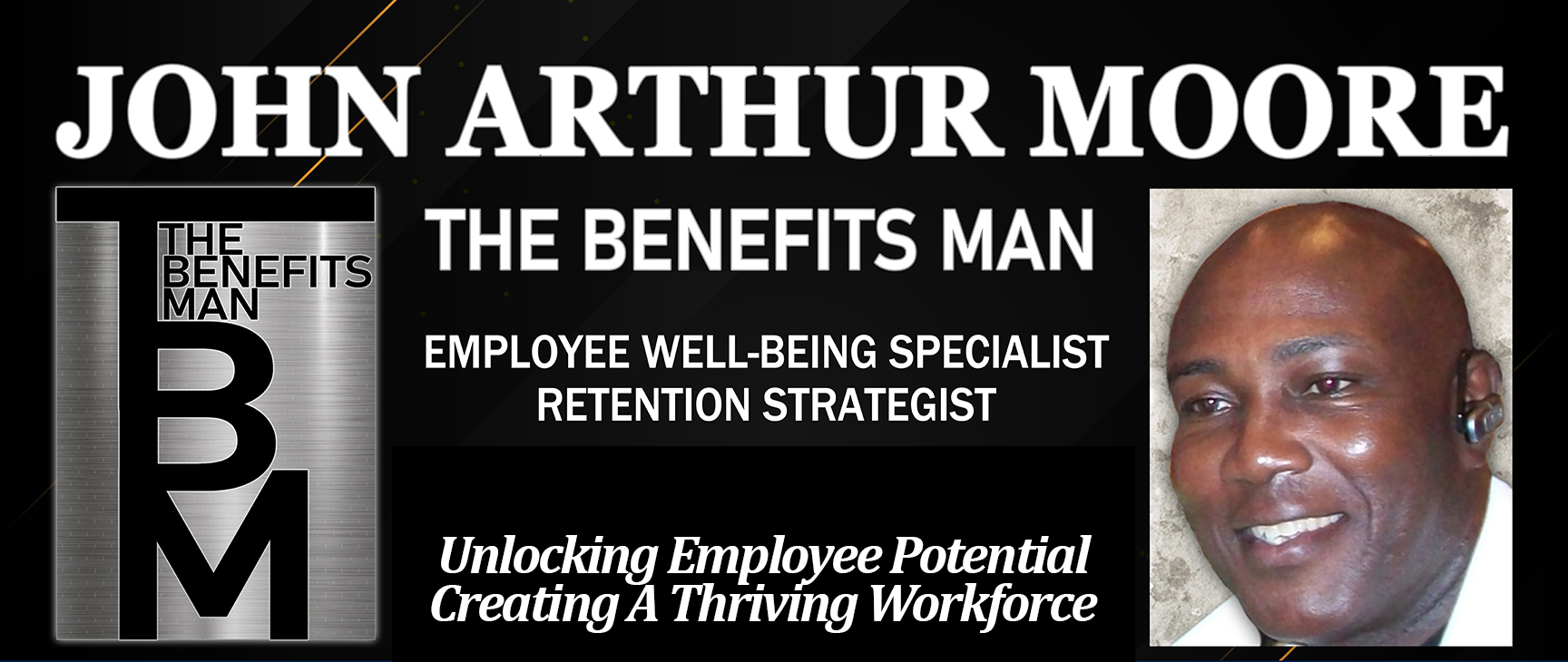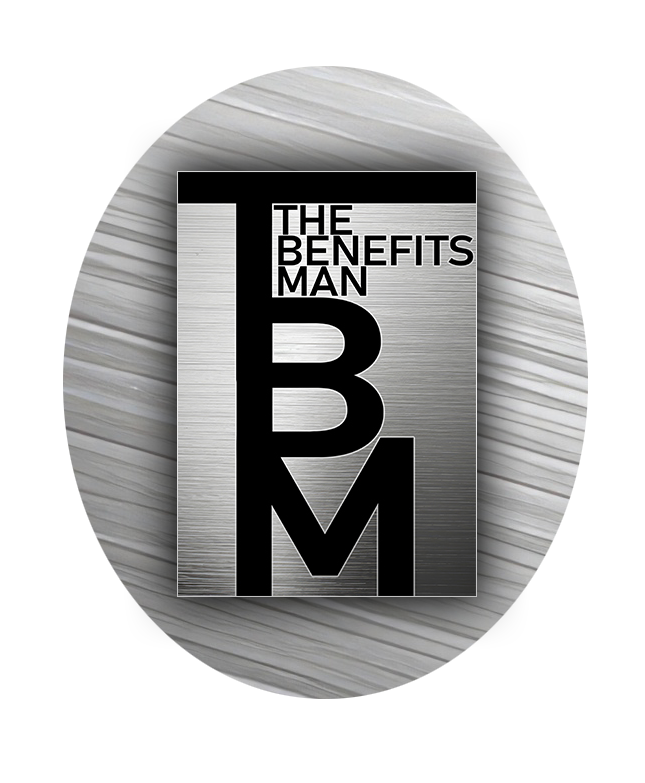
Resolving Challenges – Reducing Stress! What’s Your Challenge?
EMPLOYEE WELL-BEING
In recent years, business owners have come to recognize that the success of their organizations is intricately linked to the well-being and satisfaction of their workforce. It is no longer enough to merely provide competitive salaries and traditional benefits. A growing number of employers are taking proactive steps to address the broader needs of their employees. By embracing a holistic approach, employers are acknowledging that financial stability is just one piece of the puzzle. To truly thrive, employees require support in other areas of their lives, such as:
– Mental and Physical Health
– Work-life Balance
– Personal Growth
– Overall Satisfaction.
This comprehensive approach not only enhances employee engagement and productivity but also fosters a positive company culture and improves retention rates. As an Employee Well-Being Specialist and Retention Strategist, TBM empowers Employers to create a healthy work environment:
1. That enhances employee well-being;
2. That enhances employee satisfaction and productivity; and
3. That enhances employee retention.
In today’s fast-paced and competitive work environment, achieving a harmonious balance between professional responsibilities and personal life has risen to the forefront. The concept of work-life balance extends beyond mere time management, and it demands a holistic approach to well-being, productivity, and overall satisfaction in both spheres. This equilibrium is best achieved through a collaborative effort between employers and employees. Employers and employees must work together to foster a work culture that prioritizes work-life balance.

EMPLOYEE WELL-BEING SPECIALIST AND RETENTION STRATEGIST
The Essence of Work-Life Balance
Work-life balance is a delicate interplay between professional obligations and personal fulfillment. It is about crafting a lifestyle that harmonizes the demands of a career with the joys, interests, and responsibilities outside the workplace. It’s not about separating work from life, but rather integrating them in a way that each complements and enhances the other.
The Benefits Fostering a Balanced Work-Life Dynamic for Employees
1. Enhanced Employee Well-being and Health: Prioritizing a balanced work-life dynamic for your employees will lead to reduced stress levels, improved mental health, and overall well-being. It creates an environment where employees have the time and space to engage in self-care, exercise, and relaxation, contributing to healthier and more productive workforce.
2. Elevated Employee Productivity and Creativity: Encouraging and assisting your employees to strike a balance between work and personal life fosters a more focused, innovative, and motivated workforce. When employees have the opportunity to recharge, they return to work with renewed vigor and creativity, ultimately benefiting your organization.
3. Improved Team Relationships and Social Connections: Nurturing personal relationships and social connections among your employees is essential for a cohesive and productive work environment. A healthy work-life balance policy allows employees to spend quality time with family and friends, which can strengthen their bonds, enhance teamwork, and create a robust support system within the workplace.
4. Sustainable Employee Growth and Retention: Contrary to the belief that relentless dedication to work leads to organizational success, fostering a balanced approach is vital for sustainable employee growth and retention. Employees who feel supported in maintaining work-life balance are more motivated and less prone to burnout, contributing to the long-term success of your organization.
Strategies for Cultivating Work-Life Balance
Establish Clear Boundaries: Employers should establish clear expectations for work hours,
deadlines, and availability, ensuring that employees understand their boundaries and aren’t pressured to work beyond reasonable limits. Simultaneously, employees should clearly define
their work hours and personal time, communicating these boundaries to colleagues and superiors to foster a mutual understanding and respect for their off-duty hours.
Flexible Scheduling: Employers can offer flexible work schedules that allow employees to
better align their work hours with their personal commitments. This could include options for remote work, adjusted start and end times, or compressed workweeks. Employees, in turn, need to communicate their needs and demonstrate responsible time management.
Wellness Programs: Employers can implement wellness programs, which can include access to fitness facilities, stress management resources, and mental health support. Employees should actively engage in these programs to promote their own well-being.
Training and Education: Employers can help their employees by offering training and resources in areas like time management, reducing stress, achieving work-life balance, and improving financial skills. To make sure employees use these opportunities, the training can be provided during work hours, showing the company’s dedication to employee well-being.

Leverage Technology Wisely: In the modern world, the prudent use of technology and tools is vital for both employers and employees. Employers can empower their workforce by providing the necessary technology and tools that facilitate work, making it easier for employees to manage their tasks effectively. However, employees should also take responsibility for using these tools wisely to enhance their efficiency.
It’s essential to strike a balance – leverage technology to streamline tasks and improve productivity, but be mindful of over-reliance. At times, it’s equally important to unplug and create space for personal reflection and rejuvenation, ensuring a healthy and sustainable approach to utilizing technology in the workplace.
I firmly believe that work-life balance is not a one-time achievement but an ongoing, enriching journey toward a more meaningful and satisfying life. It’s about continually seeking equilibrium and finding greater satisfaction in the process.
Moreover, achieving work-life balance is a unique journey for each individual. It requires self-awareness, intentionality, and adaptability to life’s demands. By prioritizing employee well-being, setting boundaries, and practicing mindfulness, employers can help their employees create a more fulfilling professional journey that extends beyond the workplace. This, in turn, contributes to higher overall job satisfaction and productivity.
Collaboration between employers and employees is essential for creating a work environment that not only enhances job satisfaction but also promotes well-being and productivity. This shared responsibility benefits everyone in the organization, creating a positive atmosphere that nurtures a resilient workforce.
I believe that every employer should consider implementing an employee well-being program. It can serve as a platform for fostering collaboration, providing resources and guidance for work-life balance, and ultimately helping both employer and employees find more fulfillment both at work and in their personal lives.
